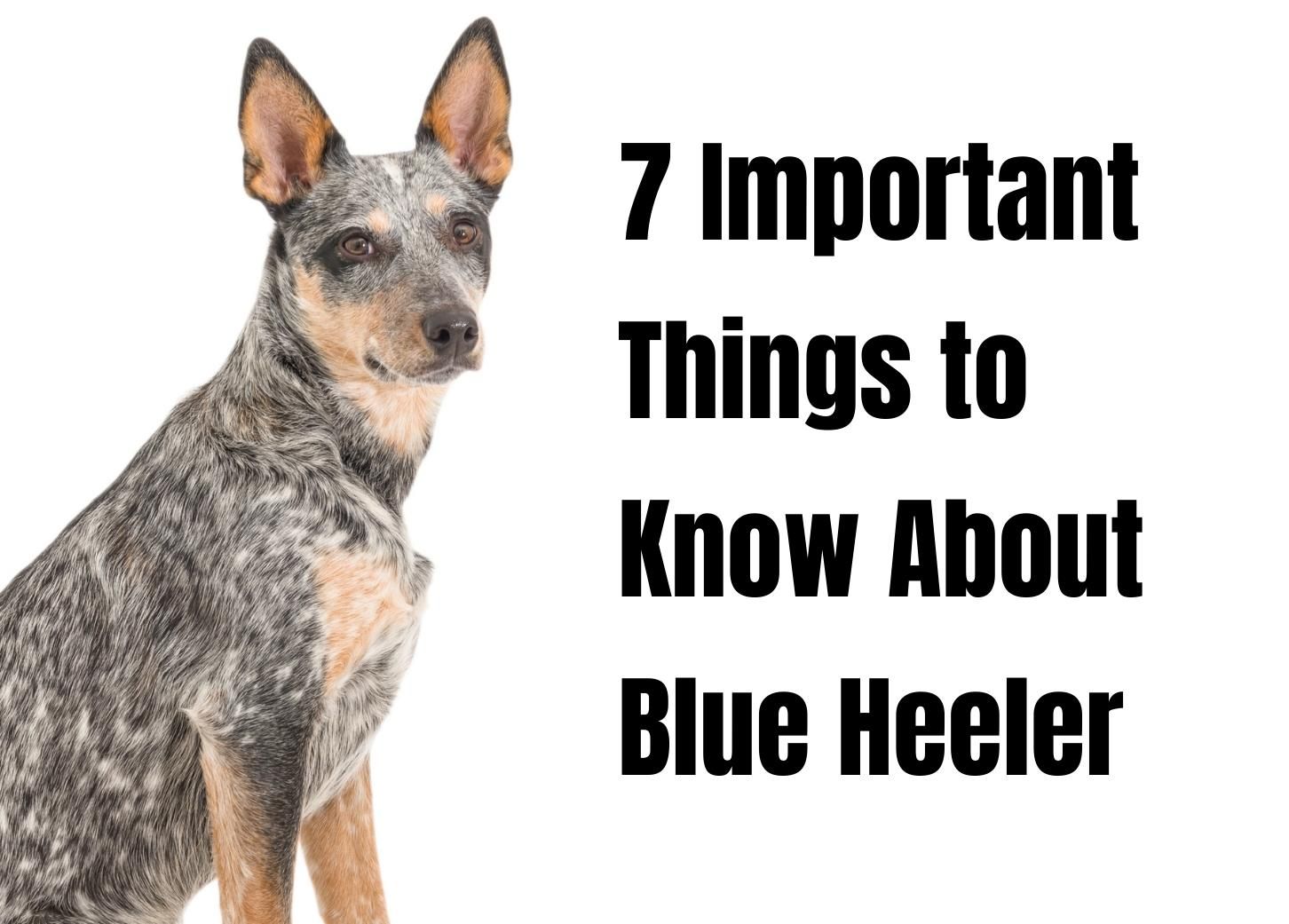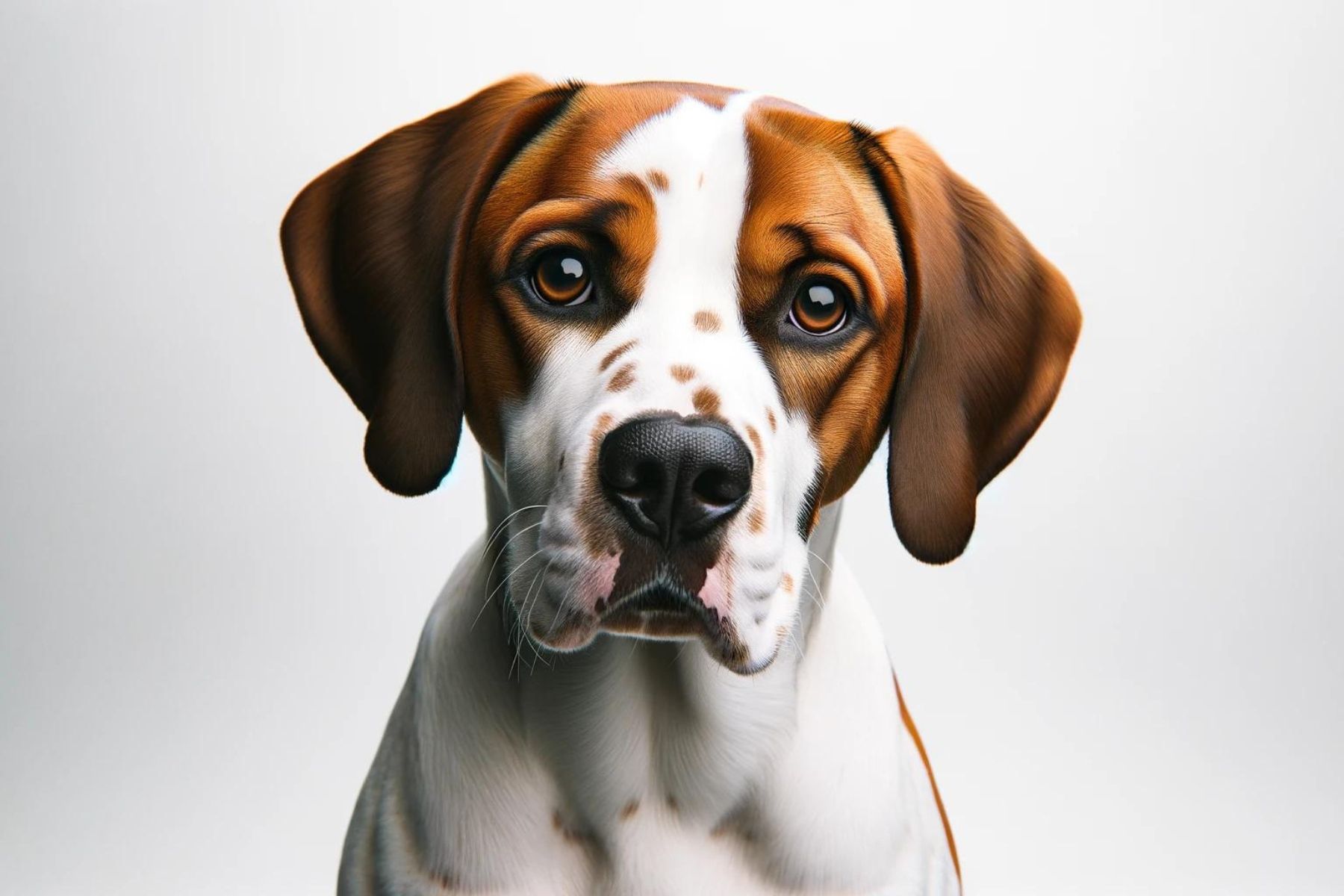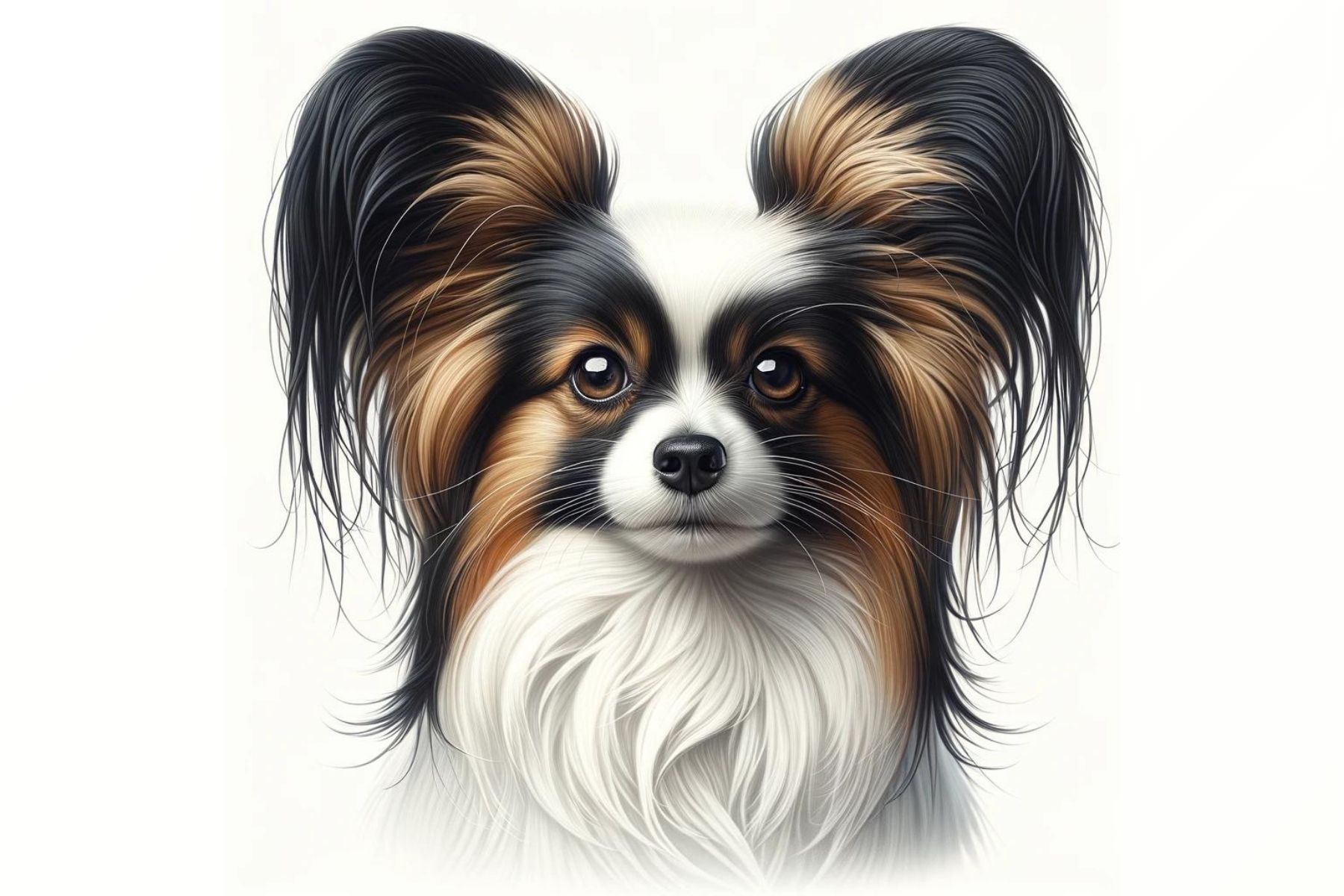Discover 7 Fascinating Facts About the Blue Heeler

The Australian cattle dog known as the Blue Heeler is unique in quite a few ways. Does that make it a good pet, however, or is it strictly a working breed? Is it true that it’s descendent from the Australian dingo? What else should you know if you want to bring this dog into your home? We’ll cover this and more in the 7 awesome facts to know about the Blue Heeler below.
7 things to consider before buying Blue Heeler pet
Blue Heelers are named that way because of their signature blueish coat coloring. However, they are also called Australian Cattle Dog as well as Australian Heeler, and Queensland Heeler. The word “heeler” itself is used as a synonym for cattle dogs in Australia today. It comes from the practice of catching and manipulating cattle by roping their heels rather than their heads.
And that’s exactly what heeler dogs do too – they are taught to nip at the cattle’s heels to herd them in the right direction. This is more than just a curious tidbit too and it matters for pet owners as well as we’ll see below.
1. The Blue Heeler’s unique coat is due to breeding Collies and other herding dogs with Dingoes
Let’s take a look at the most obvious thing first – the Blue Heeler’s gorgeous coat. It comes in blue, blue speckled, or blue molted varieties with usually a bit of tan and sometimes black on the paws and parts of the head. All in all, this is a truly unique look. The reason this appearance isn’t seen anywhere else in the canine world is that Blue Heelers were bred by mixing Collies and other shepherd breeds with the native Australian Dingo wild dog.
But the Blue Heeler’s coat is more than just pretty – it’s also highly functional. Short and dense, it has two layers – a thick and water-resistant upper layer and an even denser undercoat that offers excellent insulation. This way, even though this is an Australian breed, the Blue Heeler is suitable for almost all climates.
As for shedding, it’s not nearly as bad as some other popular double-coated breeds like Lab Retrievers, Huskies, or German Shepherds. There is still the usual “blowout” twice a year, of course, so some extra grooming is recommended around fall and springtime. Two annual visits to a professional groomer can also be very helpful. The rest of the time, however, your dog will do just fine with some light brushing a couple of times a week.
2. There is a Red Heeler equivalent of this breed
Blue Heelers are often called Australian cattle dogs but they are actually only one type of Australian cattle dogs. That’s because the breed has a red-coated equivalent typically called a Red Heeler. These dogs have pretty much the same ancestry – a mix of dingoes and Collies plus other shepherd breeds. Pretty much the only difference with the Blue Heeler is the color of the coat. In this case, it’s either black with shades of red, speckled red, or completely reddish. As breeders liked both color variations, they’ve kept the two sub-breeds mostly separated and avoided interbreeding.
3. This breed is almost an ideal all-purpose pet
Most shepherd breeds are notorious for being great family pets and the Blue Heeler is hardly an exception. Shepherd breeds are naturally social, obedient, and smart, and they get along with other animals by definition as that’s the main part of their workday.
In addition to being an excellent family pet and a herding breed, the Blue Heeler has also been utilized as a hunting companion. The Blue Heeler fits this capacity too mostly as a tracking, locating, and retrieving dog. The breed’s high intelligence and trainability, coupled with its loyalty and endurance make it quite proficient at the task.
If you’re worried that this hunting “side gig” and/or the breed’s dingo ancestry makes it ill-suited for family life, you can relax. Many other hound breeds also make for fantastic family pets and all dogs are technically descendants from wild canines anyway.
Lastly, as a cattle dog, the Blue Heeler also has some protective instincts. This isn’t a dedicated guard or watchdog breed, of course, but if you want, you can train a Heeler to be a more guarded pet too.
4. The Blue Heeler is one of the most intelligent dog breeds out there
All shepherds are highly intelligent but some are even more gifted than others. While most experts still put the Border Collie at the top of most intelligence rankings, the Blue Heeler is a part of the chasing pack alongside German Shepherds, Poodles, and Golden Retrievers.
That high intelligence, coupled with the breed’s loyalty and high work ethic means that these dogs are very trainable. Obedience training is, of course, still a must, but it’s also much more doable than with some other breeds. And once you’ve gotten that out of the way, you can train your Blue Heeler to do pretty much anything a dog can be expected to do.
5. Blue Heelers are pretty healthy and have a high life expectancy
As a cross between relatively healthy shepherd breeds and the wild dingo – a breed naturally safe from in-breeding – the Blue Heeler is also quite heathy. Of course, some ailments are possible if you’re unlucky or if you don’t take good care of your dog. Namely, you should watch out for hip dysplasia, deafness, and certain eye problems.
Overall, however, the average life expectancy of this breed is about 15 years, which is pretty great for a dog of this size. And, of course, this is just an average – with good heritage, good care, and good luck, a Blue Heeler can live up to 20 years and sometimes even beyond! In fact, a Blue Heeler holds the record for the oldest known dog – it’s Bluey, the 29-year-old Blue Heeler from Rochester, Australia.
6. These dogs are very active and need a good amount of physical and mental exercise
As you’d expect from a cattle dog, Blue Heelers are very athletic, they have high endurance, and they love running around, playing, and working. Thankfully, they are relatively medium in size, otherwise, they’d need almost constant exercise. Sitting at an average weight of 35 to 45 pounds (16 to 21 kg) and height of 17 to 20 inches (43 to 51 cm), Blue Heelers are generally satisfied with an hour and a half of outdoor exercise a day. Had the breed been bigger, you could expect them to need over two hours of playtime outside.
Still, even 90 is a lot and it should be divided into two separate walks. Keep in mind that this doesn’t include yard time – that’s extra. If you don’t have a yard, a Blue Heeler can technically live in an apartment but you’d do well to give your dog even more outdoor playtime to compensate.
7. Social and friendly, Blue Heelers get along with almost anyone
Lastly, as a shepherd breed, you can expect a Blue Heeler to get along with almost anyone and anything. Proper socialization is a must first, however, preferably as early in the dog’s life as possible. Do that and your Blue Heeler should get along pretty easily with other people, dogs, and even non-canine pets. Just be careful with some extra-small pet breeds such as hamsters as they might trigger the dog’s prey drive.
Also, remember that the Blue Heeler isn’t exactly a normal shepherd. Instead, it’s a cattle dog. This means that the breed has a tendancy to nip at the heels when it wants to “cattle” someone or something. This is a behavior you can train out of the dog if you want but it’s generally harmless. We’d recommend keeping this in mind only if you have really small children.
All in all, the Blue Heeler is categorically a special dog breed. Everything from their looks, through their temperament and intelligence, all the way to their history and work, Blue Heelers are a one-of-a-kind breed.
We honestly can’t pinpoint the reason why these dogs aren’t more popular, especially since Australian Shepherds often rank near the Top 10 of most breed popularity charts. Maybe the Heeler’s unique look is a bit too “out there” for many people? Or the relatively recent dingo ancestry worries some? Whatever the case, we definitely think this is one of those breeds that deserves to be way more popular.



